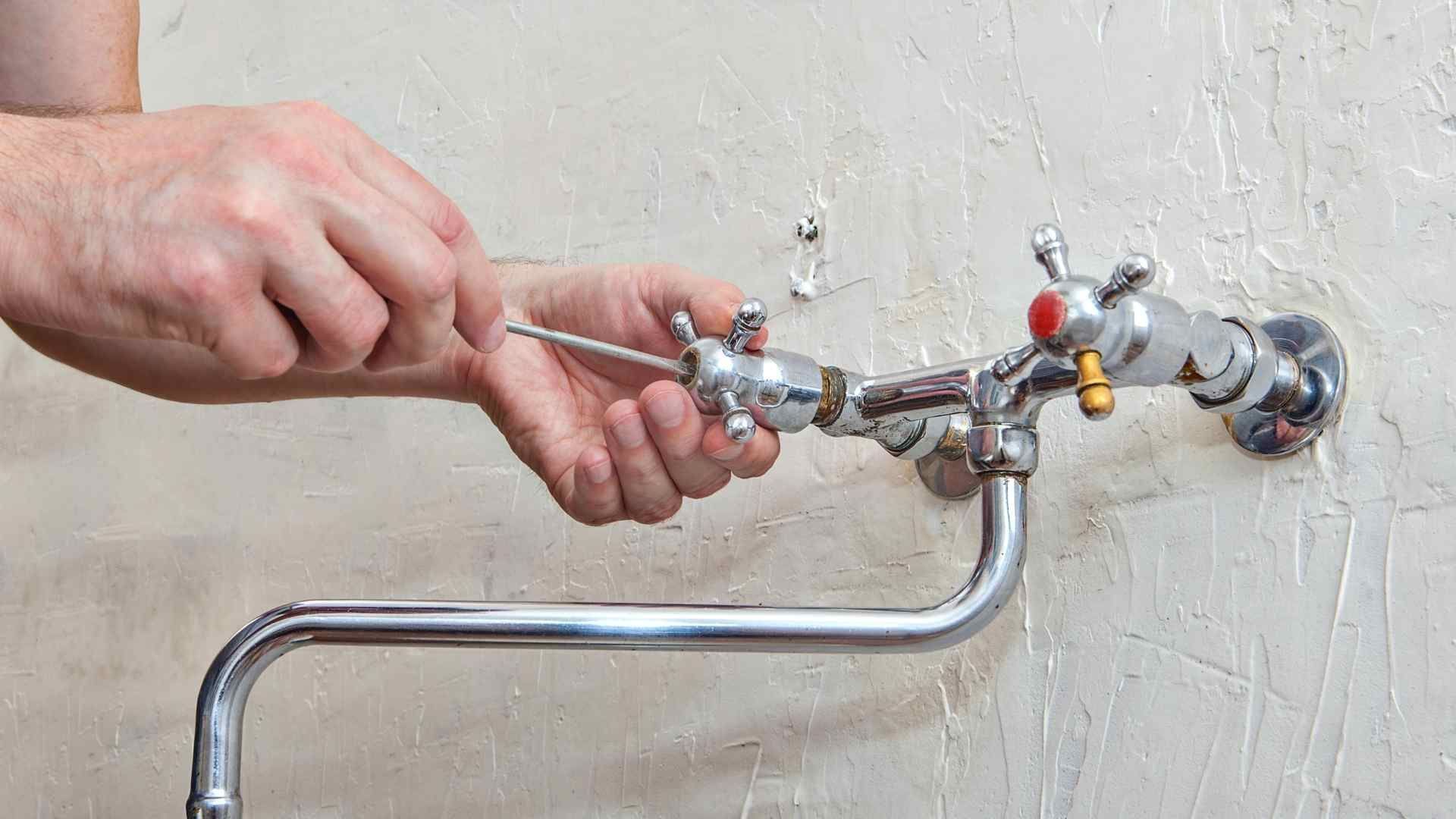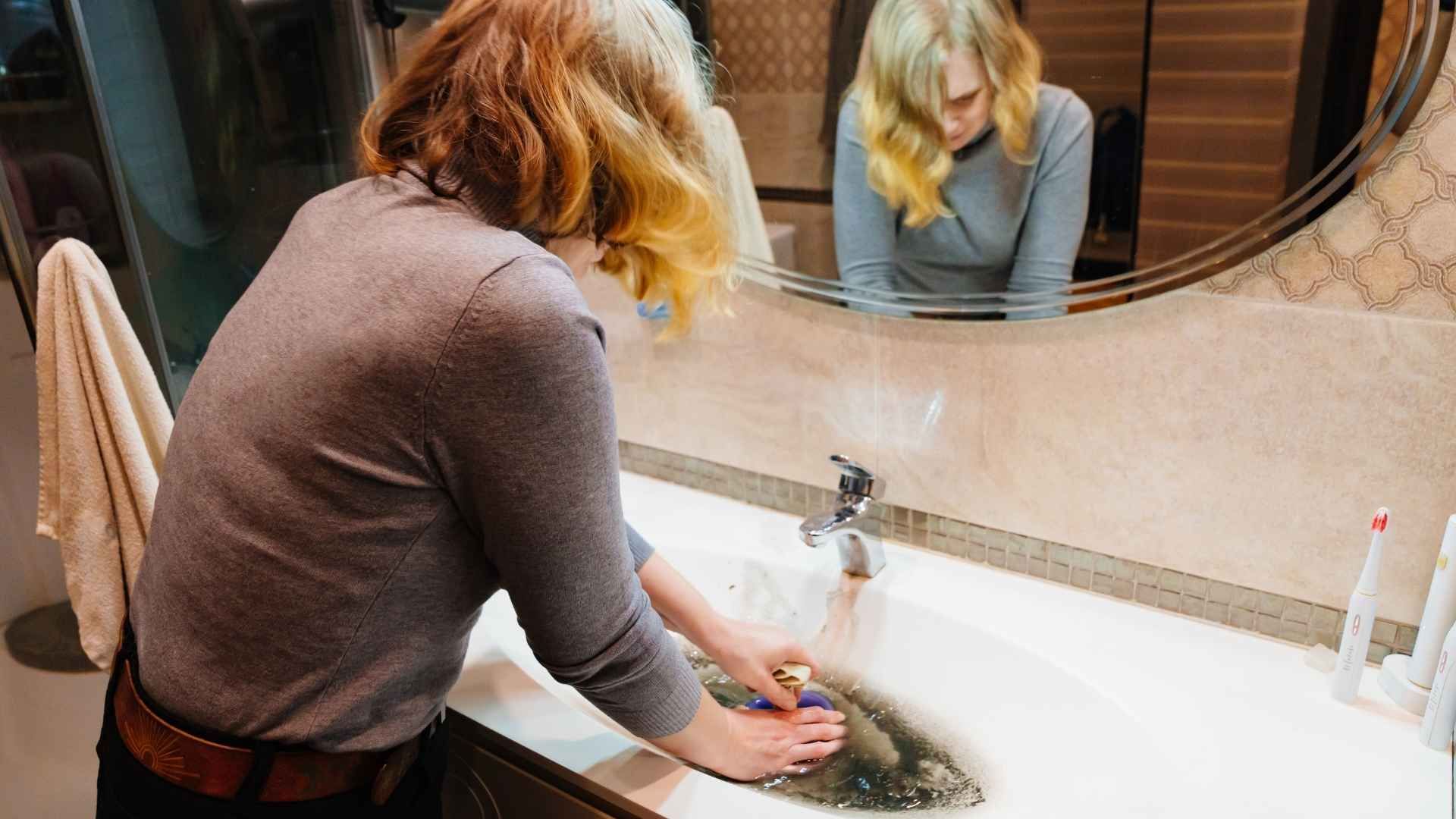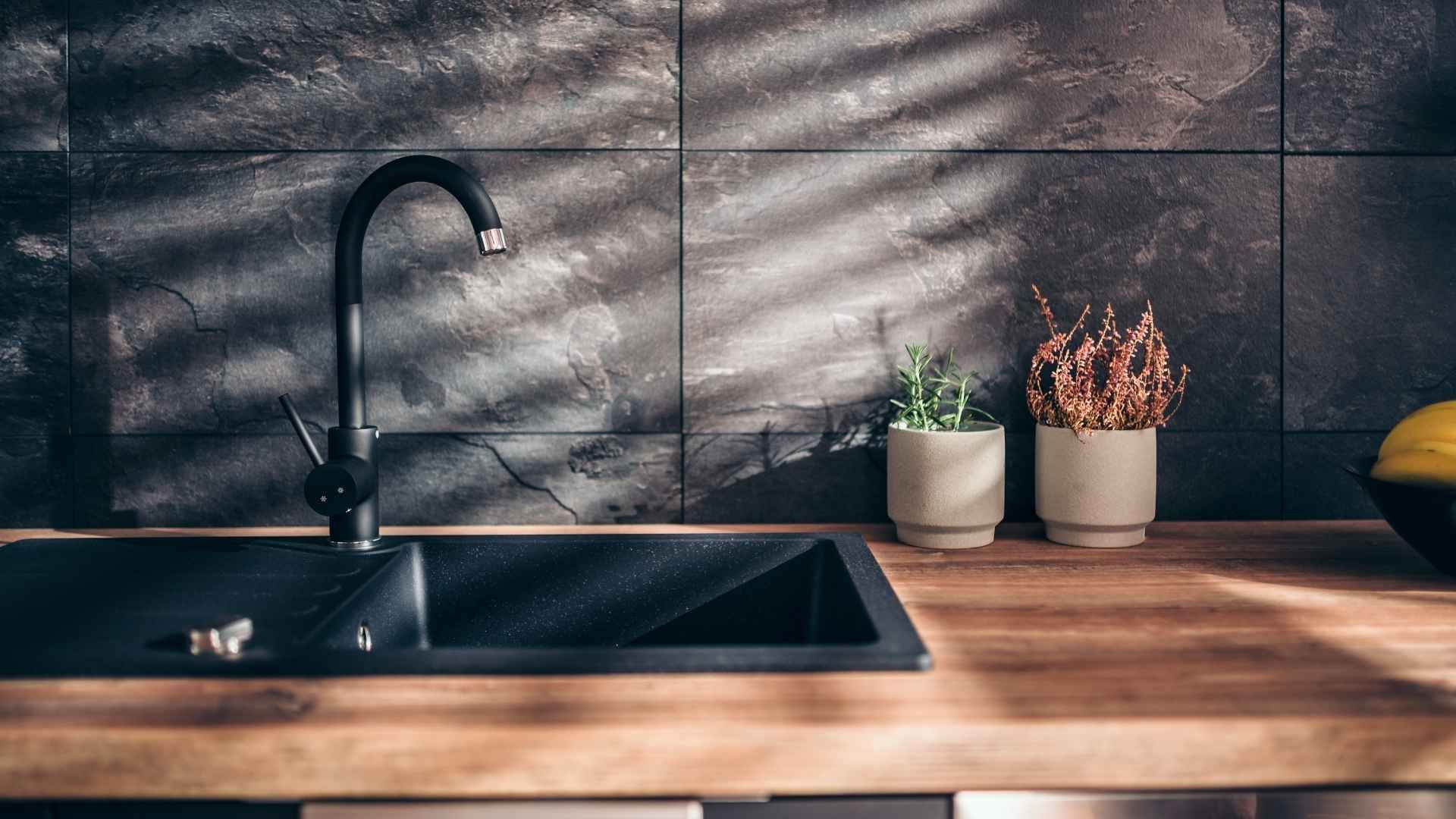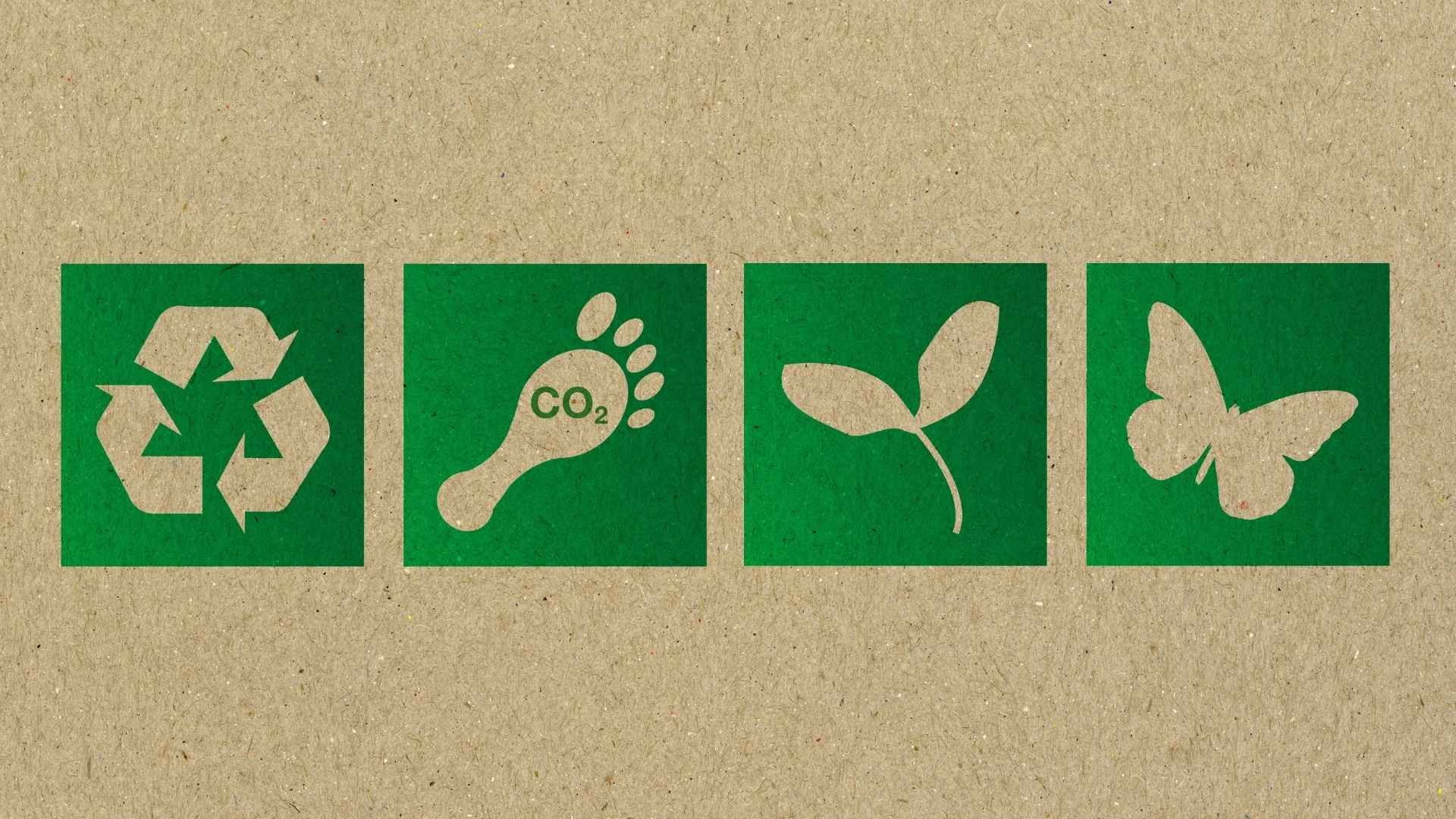Top 5 Easy DIY Plumbing Fixes Every Homeowner Should Know
Nate Huss • December 20, 2024
Simple Step-by-Step Solutions for Common Plumbing Issues You Can Fix Yourself

Plumbing issues can quickly become a headache, but many common problems can be solved without the need for a professional. With the right tools and a little knowledge, homeowners can tackle minor plumbing repairs on their own. Here are five essential DIY plumbing fixes that will save you time and money.
Call Us
1. How to Fix a Leaky Faucet
A leaky faucet may seem like a minor annoyance, but it can waste a significant amount of water over time, driving up your utility bills. Fortunately, this is a simple fix that most homeowners can handle. Here’s how:
- Turn off the water supply to the faucet.
- Use a wrench to remove the handle and unscrew the faucet body.
- Check for any worn washers or O-rings, which are typically the culprits behind the leak. Replace them with new parts.
- Reassemble the faucet and turn the water supply back on.
By following these steps, you can stop the drip and restore your faucet to working condition.
2. Best Methods for Unclogging Drains at Home
A clogged drain is one of the most common plumbing issues, and while chemical cleaners are available, they often cause long-term damage to pipes. A more effective and eco-friendly solution is to use a plunger
or a drain snake. Here's how to handle it:
- For minor clogs, use a plunger. Place it over the drain, cover the opening completely, and pump several times to dislodge the blockage.
- For stubborn clogs, a drain snake works wonders. Insert the snake into the drain, rotate it to break up the clog, and pull it out. If the clog persists, you may need to call a plumber, but this method should work for most common blockages.
3. Fixing a Running Toilet: Quick and Easy Solutions
A running toilet can waste hundreds of gallons of water each day, leading to high water bills. The issue is often caused by a malfunctioning flapper or float valve. Here’s how you can fix it:
- Turn off the water supply to the toilet.
- Remove the tank lid and inspect the flapper. If it’s worn out or damaged, replace it.
- Adjust the float valve to ensure the water level is set below the overflow tube.
By fixing these parts, you can prevent water wastage and avoid costly repairs.
4. Replacing a Showerhead DIY
Over time, showerheads can become clogged with mineral deposits, leading to weak water pressure and uneven spray. Replacing a showerhead is a straightforward fix that can drastically improve your shower experience. Here's how:
- Use a wrench to unscrew the old showerhead from the pipe.
- Wrap plumber’s tape around the threads of the pipe to prevent leaks.
- Screw on the new showerhead, ensuring it’s tight but not over-tightened, and adjust the angle for optimal flow.
Replacing your showerhead with a newer, more efficient model can also help conserve water and reduce energy usage.
5. Fixing a Leaky Pipe: Temporary Solutions
A leaky pipe can cause significant water damage if not addressed promptly. Here’s a quick temporary fix to stop the leak while you wait for a permanent solution:
- Turn off the water supply to the affected pipe.
- Dry the area around the leak.
- Apply a pipe repair clamp or rubber patch around the leak. Tighten it securely to stop the water flow.
While this solution is temporary, it will help prevent further water damage until you can replace the damaged section of pipe.
Conclusion: Take Control of Your Plumbing Repairs
These simple DIY plumbing fixes can save you time, money, and frustration. By learning how to handle minor repairs like fixing a leaky faucet, unclogging drains, or replacing a showerhead, you can keep your home’s plumbing system in great shape. However, always keep in mind that not every problem can be fixed with a DIY approach. If you encounter a more complex issue or feel unsure about a repair, don’t hesitate to contact a licensed plumber.
For professional plumbing services, contact us today, and we'll ensure your plumbing system stays in top condition!
You might also like

Plumbing issues are a common headache for homeowners, but many of these problems can be easily identified and resolved with the right guidance. Whether it's a dripping faucet or a clogged drain, knowing how to address these issues can save you time, money, and stress. Here are some of the most common plumbing problems and practical solutions. 1. Dripping Faucets A dripping faucet may seem minor, but it can waste gallons of water over time and increase your water bill. Cause: Worn-out washers, O-rings, or corroded valve seats. Solution: Replace the faulty parts with new ones. Most of these repairs can be done with basic tools or even by a handyman . 2. Clogged Drains Clogs are among the most frequent plumbing problems, often caused by hair, grease, or soap buildup. Cause: Accumulated debris in sink, shower, or tub drains. Solution: Use a plunger or a drain snake to remove blockages. Prevent future clogs with drain strainers and regular cleaning. 3. Running Toilets A running toilet can waste hundreds of gallons of water daily, leading to higher utility costs. Cause: A faulty flapper valve, float, or fill tube. Solution: Replace the damaged components or adjust the float level to ensure proper water flow. 4. Low Water Pressure Low water pressure can disrupt your daily routine, making simple tasks like showering frustrating. Cause: Mineral buildup in pipes, leaks, or issues with the water supply. Solution: Soak faucet aerators in vinegar to remove buildup or check for leaks. If the problem persists, consult a professional. 5. Leaky Pipe Leaky pipes can lead to significant water damage and mold growth if not addressed promptly. Cause: Corrosion, high water pressure, or damaged pipe joints. Solution: Use pipe clamps or epoxy putty for temporary fixes, but have the pipes replaced by a plumber for a long-term solution. Get Expert Plumbing Help Today! If you’re dealing with persistent plumbing issues or need professional assistance, we’re here to help. Contact Heritage Plumbing today to schedule a consultation and ensure your plumbing system runs smoothly year-round. Stay Ahead of Plumbing Problems By addressing common plumbing issues early, you can avoid costly repairs and maintain the efficiency of your home’s plumbing system. Regular maintenance and timely fixes will keep your home running smoothly and help you save money in the long run.

The plumbing industry is evolving with innovative technologies that improve efficiency, save resources, and enhance the overall home experience. From smart water systems to eco-friendly solutions, these advancements make maintaining your plumbing easier and more effective. Here are the latest plumbing technologies you should know about. 1. Smart Water Monitoring Systems Smart water monitors track water usage in real time, helping homeowners detect leaks and conserve water. These systems connect to your smartphone, allowing you to monitor your plumbing from anywhere. Benefits include: Leak Detection: Receive instant alerts for potential leaks to prevent water damage. Water Conservation: Track usage and identify ways to reduce consumption. Cost Savings: Lower your water bills by avoiding waste. 2. Touchless Faucets Touchless faucets use motion-sensor technology to control water flow. These faucets are becoming a staple in modern kitchens and bathrooms due to their convenience and hygiene benefits. Key advantages include: Water Efficiency: Prevent water wastage by turning off automatically. Hygienic Design: Reduce the spread of germs by eliminating the need for touch. Stylish Look: Add a modern, sleek aesthetic to your home. 3. Tankless Water Heaters with Smart Features Tankless water heaters are already popular for their energy efficiency, but newer models come equipped with smart features. These allow users to control water temperature and monitor performance via a smartphone app. Benefits include: On-Demand Hot Water: Never run out of hot water again. Energy Savings: Heat water only when needed, reducing energy usage. Remote Access: Adjust settings and monitor usage from your device. 4. Advanced Drain Cleaning Technology Plumbers are now using state-of-the-art tools like hydro-jetting machines and video inspection cameras to tackle clogs and clean drains more effectively. Advantages of these technologies include: Thorough Cleaning: High-pressure water jets remove even the toughest clogs. Accurate Diagnosis: Cameras help identify the exact location and cause of blockages. Eco-Friendly: Hydro-jetting is chemical-free, making it safer for the environment. 5. Greywater Recycling Systems Greywater recycling systems capture and reuse water from sinks, showers, and laundry for non-potable purposes, like irrigation. These systems are a sustainable way to reduce water consumption. Benefits include: Water Conservation: Recycle water for landscaping and other uses. Reduced Utility Bills: Cut down on fresh water usage and lower costs. Environmentally Friendly: Decrease your ecological footprint. Upgrade Your Home with Modern Plumbing Technology Ready to transform your home with the latest plumbing technologies? Whether you’re interested in smart water systems, touchless faucets, or eco-friendly solutions, we can help. Contact Heritage Plumbing today to explore options tailored to your needs and start enjoying the benefits of innovative plumbing solutions! Embrace the Future of Plumbing The latest advancements in plumbing technology offer more than just convenience—they provide cost savings, environmental benefits, and peace of mind. By upgrading your plumbing with these innovative solutions, you’ll enhance your home’s efficiency and functionality while reducing your impact on the environment.



